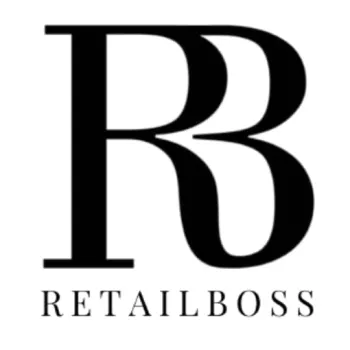Retailers close, cities evolve, and new opportunities emerge.
Against a backdrop of boarded storefronts and “For Lease” signs that have dominated Union Square’s narrative, Zara’s announcement of a new flagship store represents more than just another retail opening. It signals a potential inflection point for San Francisco’s troubled downtown core.
The Spanish fast-fashion giant’s decision comes at a critical moment. Over the past three years, Union Square has witnessed an exodus of major retailers. Nordstrom closed its doors, Whole Foods shuttered after less than a year, and office vacancy rates hover near record highs. Conventional wisdom suggested San Francisco’s retail heart was facing cardiac arrest.
Yet Zara sees something others don’t.
Reading Between the Retail Lines
This move reveals several necessary market signals worth unpacking. First, Zara’s data-driven real estate strategy has consistently outperformed competitors. Their location selections typically precede broader market recoveries, not follow them. When Zara plants a flag, they’ve calculated the risk meticulously.
Second, the economics must work. Commercial real estate in prime Union Square locations has seen significant price corrections. Landlords desperate to fill vacancies are offering terms unimaginable three years ago. For retailers with strong balance sheets, this creates rare opportunities to secure premium locations at discount rates.
Third, Zara’s parent company Inditex has been strategically reducing its total store count globally while increasing square footage of remaining locations. This isn’t expansion for expansion’s sake. It’s a calculated rebalancing toward flagship experiences in key markets.
The Contrarian Advantage
Savvy retailers know that moving against the herd often yields competitive advantages. While competitors retreated from urban cores during the pandemic, companies like Zara can now cherry-pick prime locations without the bidding wars that drove pre-pandemic lease rates to unsustainable levels.
This contrarian approach isn’t without precedent. During the 2008 financial crisis, several luxury brands expanded their footprints while others contracted, securing favorable long-term positions that paid dividends for years afterward.
The strategy relies on a fundamental bet: that urban retail will eventually recover, even if it evolves into something different than before. Zara appears willing to weather short-term headwinds for long-term positioning.
What This Signals for San Francisco
Beyond Zara’s corporate strategy, this move offers a glimmer of hope for San Francisco’s retail ecosystem. Flagship stores serve as anchors that attract foot traffic, benefiting surrounding businesses and potentially triggering a virtuous cycle of retail revitalization.
However, one retailer cannot single-handedly reverse broader economic trends. The success of Zara’s bet depends on several factors still in flux: return-to-office patterns, tourism recovery, public safety perceptions, and local economic policies.
It’s becoming increasingly clear that the future of downtown retail districts will require a new equilibrium. The pre-pandemic status quo isn’t returning, but neither is the retail apocalypse complete. We’re witnessing a recalibration toward a new balance between physical and digital commerce.
The Ripple Effect
Zara’s move will likely trigger reactions from competitors and adjacent retailers. In retail, perception matters. The psychological impact of a major brand choosing expansion over contraction can shift market sentiment. Other retailers watching from the sidelines may reconsider their plans.
Commercial real estate brokers will leverage this announcement in pitches to other potential tenants. “If Zara sees opportunity here, shouldn’t you?” becomes a compelling argument when backed by a global retail leader’s concrete investment.
For city officials desperate to revive downtown, this provides a narrative counterpoint to the persistent stories of decline. It offers tangible evidence that some sophisticated market participants see value and future potential in San Francisco.
Future Outlook
The next 12-24 months will reveal whether Zara’s bet was prescient or premature. Success would validate their contrarian approach and potentially accelerate Union Square’s recovery. Struggle would reinforce skeptics’ view that San Francisco’s retail core faces structural challenges too significant to overcome in the near term.
Either way, this development marks an important moment in the ongoing story of urban retail adaptation. Cities have always evolved through cycles of decline and renewal. The question isn’t whether Union Square will change, but what it will become next.
Zara just placed their chips on the table. Now we watch as the rest of the market decides whether to follow suit or fold.

















